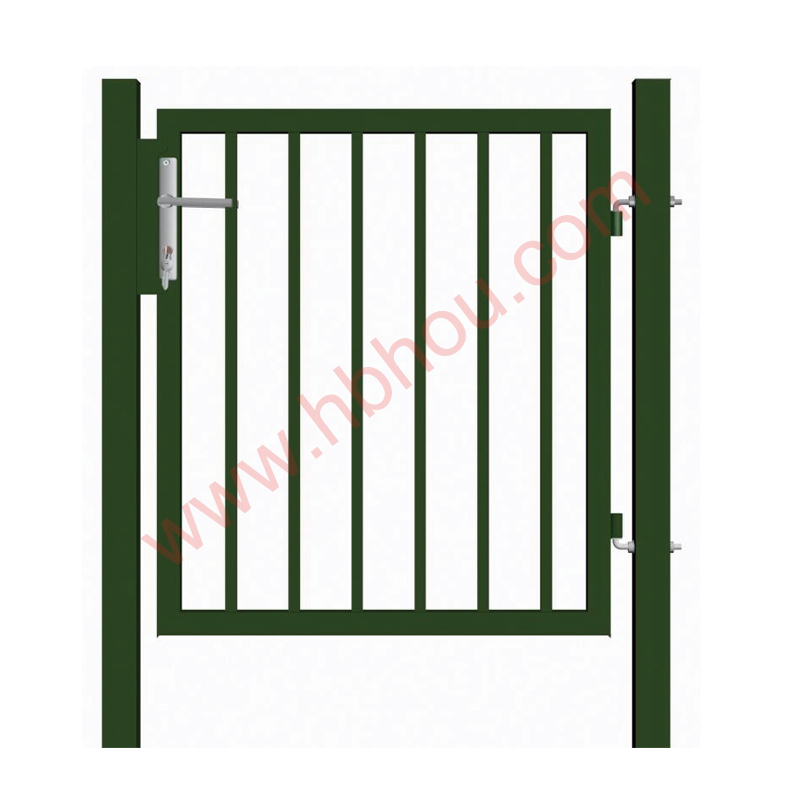The Emergence of Gabion Flood Walls in Modern Flood Control
As climate change intensifies, communities around the globe are increasingly grappling with the dire consequences of extreme weather events, notably flooding. To combat this growing threat, innovative engineering solutions have been developed, with gabion flood walls emerging as a practical and effective option for flood control.
What Are Gabion Flood Walls?
Gabion flood walls are structures made of wire mesh cages filled with rocks, pebbles, or other sturdy materials. The term gabion derives from the Italian word gabbione, meaning big cage. These cages are typically stacked to form vertical barriers that absorb and redirect floodwaters. The flexibility and permeable nature of these walls allow water to flow through while providing substantial resistance against the force of flooding.
These structures are not new; they have been used for centuries in various forms. However, their resurgence in contemporary flood control strategies is driven by the urgent need for effective solutions that can withstand climate-related challenges. Unlike traditional barriers, gabion walls blend seamlessly with natural landscapes, making them both functional and aesthetically pleasing.
Advantages of Gabion Flood Walls
The benefits of gabion flood walls are manifold. First and foremost, they offer excellent erosion control. By effectively dissipating the energy of flowing water, these walls reduce the risk of soil erosion and protect surrounding areas from damage. Furthermore, their porous design allows for natural water drainage, minimizing the risk of overtopping during severe flooding.
Another significant advantage is their cost-effectiveness. Gabion walls can be built using locally sourced materials, which not only reduces transport costs but also ensures that the structures are in harmony with the local environment. The construction process is relatively straightforward, often requiring less specialized labor and equipment compared to traditional flood defense systems. This makes gabion walls an accessible option for many communities, especially those with limited budgets.
gabion flood wall

The durability of gabion walls is another critical factor. When properly constructed, they can withstand extreme weather conditions, including heavy rainfall and strong currents. While some may argue that they are susceptible to damage from shifting ground or heavy debris, regular maintenance and strategic placement can mitigate these risks.
Sustainability and Environmental Benefits
In addition to their practical benefits, gabion flood walls have a lesser-known sustainability advantage. By utilizing natural materials, they contribute to eco-friendly construction practices. The rocks and stones used can sometimes be reclaimed from local environments, reducing the overall carbon footprint of the project. Moreover, wildlife habitats surrounding these structures can thrive due to the natural elements used in their construction.
Gabion flood walls also promote biodiversity. The gaps between the stones can provide shelter for various species, enhancing the ecological integrity of the area. Compared to traditional concrete walls, which can create stark barriers between ecosystems, gabions foster a more harmonious relationship between human infrastructure and nature.
Conclusion
As communities worldwide brace for the increasing frequency and severity of flooding events, gabion flood walls represent an innovative and sustainable solution in the fight against climate-induced disasters. Their versatile design, cost-effectiveness, and environmental benefits make them an attractive option for municipalities looking to enhance their flood defenses.
While no single solution can completely eliminate the risk of flooding, the integration of gabion flood walls into broader flood management strategies can significantly reduce vulnerability and protect communities. Moving forward, it is crucial for urban planners and engineers to embrace such adaptable and resilient methods as part of a comprehensive approach to safeguard against the unpredictability of our changing climate.
In summary, the innovative nature of gabion flood walls signifies a shift toward embracing solutions that are not only practical but also respectful of the natural world. As we work towards building resilient communities, integrating sustainable practices with effective engineering will be vital in addressing the challenges posed by climate change.
















